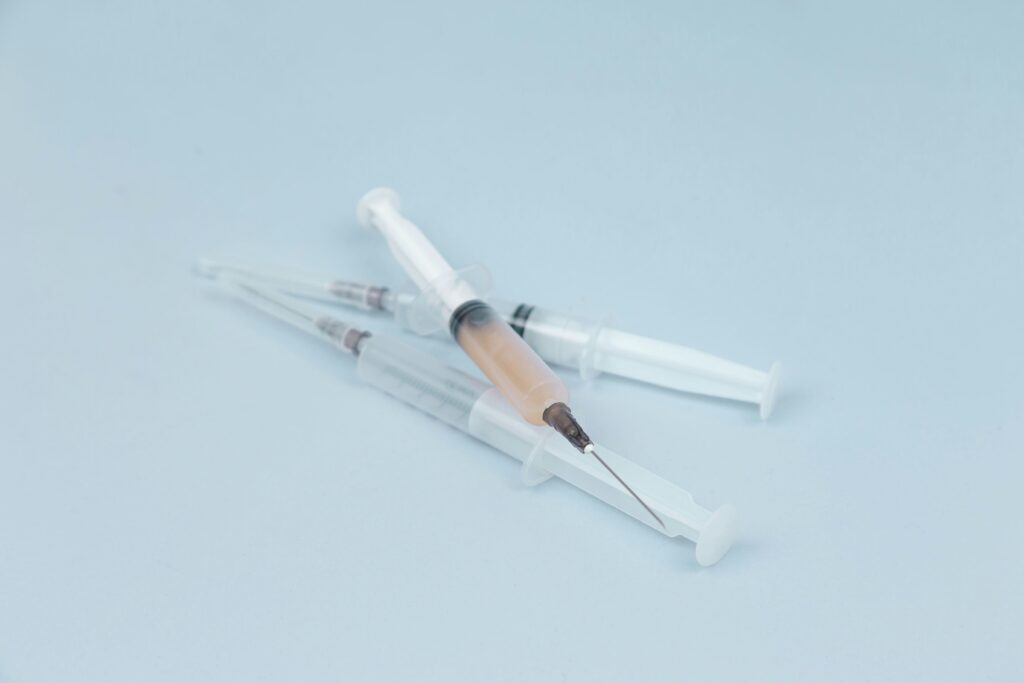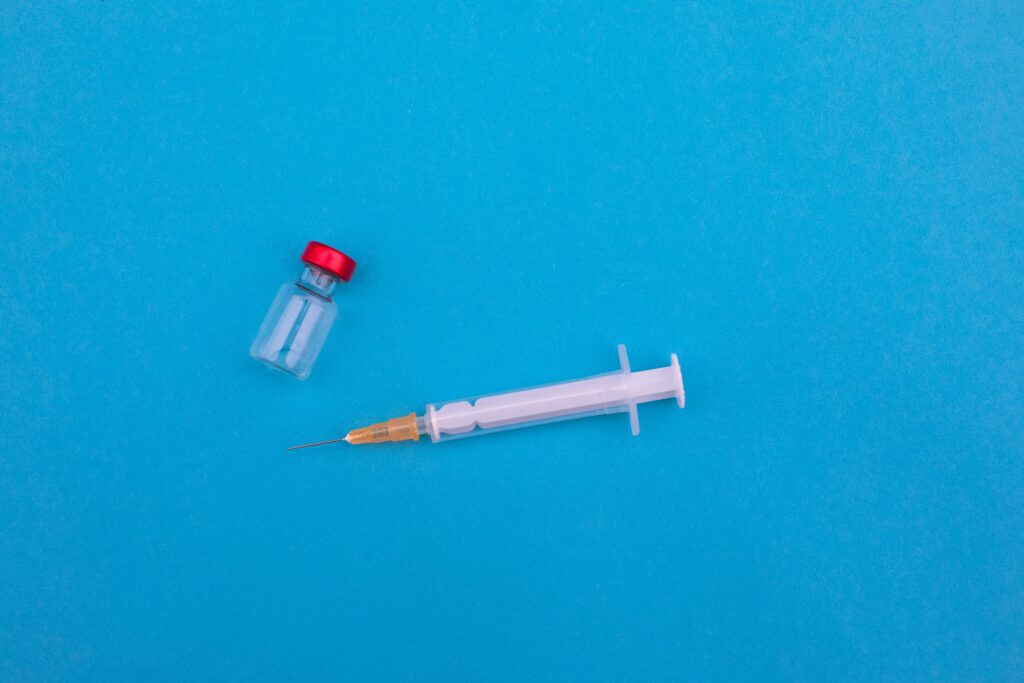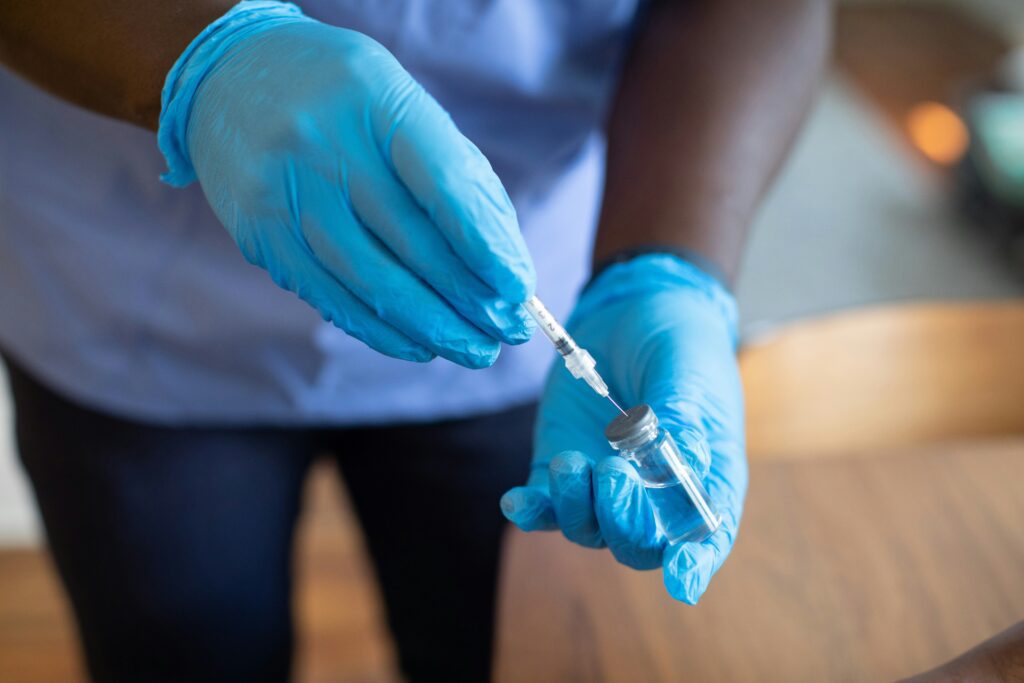Heroin Withdrawal: How to Heal and Move Forward
Heroin Withdrawal: What to Expect and How to Move Forward
Heroin addiction is one of the most challenging battles a person can face, with physical dependence and psychological cravings creating a relentless cycle that can feel impossible to escape. One of the most daunting obstacles in recovery is heroin withdrawal, an intensely difficult process that tests both body and mind.
As individuals strive to break free from addiction, understanding heroin withdrawal, its symptoms, timeline, and potential complications, is essential for preparing mentally and physically for the journey ahead. Withdrawal is not just a physical hurdle; it’s an emotional and psychological challenge that requires support, resilience, and the right strategies to overcome.
This guide provides a comprehensive look at heroin withdrawal, from the early stages of detox to the lingering effects that may persist during the addiction recovery process. We’ll explore common symptoms such as muscle aches, nausea, anxiety, and insomnia, as well as the factors that influence how long withdrawal lasts.
More importantly, we’ll discuss practical coping strategies, medical interventions, and holistic approaches that can ease the process and improve the chances of long-term success. For those in Asheville, North Carolina, where opioid addiction remains a pressing issue, accessing local resources and support networks can make a critical difference in recovery.
Recovery is not just about enduring withdrawal, it’s about rebuilding a life free from addiction. By equipping yourself with knowledge and actionable steps, you can move forward with confidence, renew your health, and reclaim control over your future.

Heroin Withdrawal Explained: What Asheville Residents Need to Know
What Happens During Heroin Withdrawal? Symptoms and Risks
Heroin withdrawal refers to the collection of physical and psychological symptoms that occur when an individual who has developed a dependence on heroin suddenly reduces their dosage or stops using the drug altogether.
Because heroin is an opioid that rapidly alters brain chemistry, prolonged use leads the body to adapt to its presence, creating a physiological reliance. When heroin is no longer introduced into the system, the body struggles to regain balance, triggering a range of distressing withdrawal symptoms.
These can include intense physical discomfort, such as muscle aches, nausea, vomiting, sweating, and insomnia, as well as severe psychological effects like anxiety, depression, and overwhelming cravings.
Withdrawal is not only a sign of the body’s dependence on the drug but also a critical phase in heroin addiction treatment and recovery.
Successfully navigating this stage is often the first major hurdle in achieving long-term sobriety. While withdrawal itself is rarely life-threatening, the discomfort can be so overwhelming that many individuals relapse in an attempt to alleviate their symptoms.
This is why medically supervised detox, supportive care, and evidence-based treatments, such as medication-assisted therapy (MAT) with buprenorphine or methadone, can significantly improve outcomes.
Understanding the withdrawal process, its timeline, and effective coping strategies is essential for anyone committed to breaking free from heroin addiction and building a sustainable path to recovery.
Heroin Withdrawal Symptoms: Physical and Psychological Signs
Withdrawal symptoms can vary in severity and duration, and typically include:
- Physical Symptoms: Muscle aches, insomnia, sweating, nausea, vomiting, and diarrhea.
- Psychological Symptoms: Anxiety, depression, irritability, cravings, and restlessness.
The intensity and duration of these symptoms depend on factors such as the level of use, the duration of addiction, and individual health conditions. Learn more about managing these symptoms on our addiction treatment page.

Heroin Withdrawal Timeline: How Long Does It Last in Asheville?
Timeline of Heroin Withdrawal
Heroin withdrawal symptoms generally follow a consistent timeline:
- Stage 1 (6-12 hours after last use): Initial symptoms like anxiety, muscle aches, and agitation begin.
- Stage 2 (1-3 days): Symptoms peak, including intense cravings, severe discomfort, and flu-like symptoms.
- Stage 3 (4-7 days): A gradual decrease in symptoms, though emotional distress and cravings may persist.
Post-Acute Withdrawal Syndrome (PAWS)
After the acute withdrawal phase subsides, many individuals face Post-Acute Withdrawal Syndrome (PAWS), a prolonged period where psychological and emotional symptoms persist even after the body has detoxified.
Unlike the intense but short-lived physical symptoms of early withdrawal, PAWS involves subtler yet deeply disruptive effects, including mood swings, chronic fatigue, irritability, anxiety, and difficulty concentrating. Some may also struggle with anhedonia, the inability to feel pleasure, which can make everyday activities feel joyless and contribute to relapse risk.
The duration of PAWS varies widely, often lasting weeks or even months, depending on factors like the severity of addiction, individual physiology, and co-occurring mental health conditions. Because these symptoms are less predictable than acute withdrawal, they can catch individuals off guard, making ongoing support crucial.
Therapy (such as CBT or trauma-informed counseling), support groups, and healthy lifestyle changes, like regular exercise, balanced nutrition, and mindfulness practices, can help manage PAWS effectively.
Additionally, medication-assisted treatment (MAT) or non-opioid therapies may be recommended for some individuals to stabilize mood and cravings during this vulnerable phase.
Recognizing PAWS as a normal part of recovery, rather than a personal failure, is key to sustaining progress. With patience, professional guidance, and a strong support network, individuals can navigate this challenging stage and move toward lasting stability.
Explore our behavioral health services for ongoing support options during PAWS.

Managing Heroin Withdrawal Safely in Asheville, NC
Seeking Professional Help
Professional assistance significantly increases the chances of successful recovery. Options include:
- Medical Detoxification: A supervised setting helps manage severe withdrawal symptoms safely.
- Therapeutic Support: Counseling and therapy to address psychological challenges and equip coping skills.
Learn more about our therapy services and how they can help facilitate recovery.
Aftercare and Recovery Support Programs in Asheville, NC
Post-withdrawal care represents the foundation of sustainable recovery, requiring a multi-faceted approach that addresses the biological, psychological, and social aspects of addiction. In Asheville, the recovery community has developed particularly robust support systems that blend evidence-based clinical interventions with holistic healing modalities.
Outpatient therapy programs in the area often incorporate innovative treatments like adventure therapy in the Blue Ridge Mountains, art therapy sessions utilizing Asheville’s vibrant creative community, and mindfulness-based relapse prevention techniques.
What makes Asheville’s recovery resources particularly effective is their integration – many outpatient programs coordinate with local employers to create supportive work environments, while housing advocates help secure stable sober living situations.
The city’s healthcare networks have also developed specialized continuing care plans that monitor patients for emerging mental health needs while providing ongoing medication management when appropriate. This comprehensive continuum of care significantly improves outcomes by addressing the whole person throughout their recovery journey.
Heroin Withdrawal FAQs: What Asheville Patients Ask Most
What are the first signs of heroin withdrawal?
The onset of heroin withdrawal follows a predictable timeline, with the first physiological symptoms typically manifesting within 6-12 hours after cessation. These initial warning signs represent the body’s neurochemical imbalance as opioid receptors begin functioning without artificial stimulation.
Early symptoms often include a characteristic combination of psychological distress (increasing anxiety, irritability, and dysphoria) alongside emerging physical discomfort (muscle stiffness particularly in the limbs, excessive yawning, and lacrimation). Many patients report a crawling sensation under their skin (formication) and develop a runny nose resembling cold symptoms.
Clinical observation shows these early symptoms serve as important prognostic indicators – their intensity often predicts the severity of subsequent withdrawal phases. Prompt medical intervention at this stage can significantly alter the withdrawal trajectory.
Supportive pharmacological measures might include alpha-2 adrenergic agonists to mitigate autonomic hyperactivity, NSAIDs for musculoskeletal pain, and antiemetics for impending gastrointestinal distress.
Behavioral interventions initiated during this window, such as mindfulness techniques and hydration management, prove most effective when implemented before symptoms escalate.
The transition from these initial symptoms to more severe manifestations occurs rapidly, typically within 24 hours, making this early window critical for intervention.
Research indicates that individuals who receive appropriate care during this prodromal phase experience shorter acute withdrawal durations and demonstrate better engagement with subsequent treatment phases. This underscores the importance of recognizing these early signs and seeking professional support before the full withdrawal syndrome develops.
Can you die from heroin withdrawal?
While heroin withdrawal rarely reaches the life-threatening severity seen with alcohol or benzodiazepine detoxification, the physiological stress it creates can lead to dangerous complications in vulnerable populations.
The intense vomiting and diarrhea associated with acute withdrawal may result in severe dehydration and electrolyte imbalances, particularly concerning for individuals with pre-existing cardiac conditions.
Profuse sweating combined with an inability to maintain proper fluid intake can precipitate dangerous drops in blood pressure, while the extreme agitation some experience increases risk of accidental injury.
Medical supervision becomes particularly crucial for certain high-risk groups, including pregnant women (where withdrawal stresses both mother and fetus), individuals with co-occurring medical conditions like diabetes or heart disease, and those with a history of complicated withdrawals.
Clinicians can monitor for rare but serious complications such as aspiration pneumonia from vomiting, rhabdomyolysis from severe muscle breakdown, or suicidal ideation stemming from the psychological distress.
In supervised settings, healthcare providers can implement targeted interventions including IV hydration, electrolyte replacement, and medications to stabilize autonomic nervous system hyperactivity. They can also screen for and treat co-occurring infections or illnesses that may be masked by withdrawal symptoms.
Perhaps most importantly, medical supervision allows for immediate transition to evidence-based medication-assisted treatment (MAT) once stabilization occurs, significantly improving long-term recovery outcomes compared to unmanaged withdrawal.
The controlled environment also provides protection against the heightened relapse risk that occurs when individuals attempt to self-treat their distressing symptoms.

How can you manage withdrawal symptoms effectively?
Management involves medical support to alleviate physical symptoms and therapy for psychological distress. Staying hydrated, nourishing the body, and engaging in relaxation techniques are crucial.
Get Professional Help for Heroin Withdrawal in Asheville Today
Oasis Recovery Center is here to help you navigate the difficulties of heroin withdrawal with the help of our evidence-based and holistic treatments. For additional support in managing heroin withdrawal, contact us for guidance or call us at 8283309426.
Understanding heroin withdrawal: what to expect is a pivotal aspect of embarking on the path to recovery. While withdrawal presents physical and emotional hurdles, embracing a structured recovery plan that includes medical support, therapy, and an aftercare strategy offers a path forward to a healthier, substance-free life. In Asheville, a community committed to wellness provides resources to support this journey.









